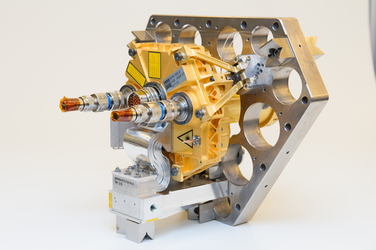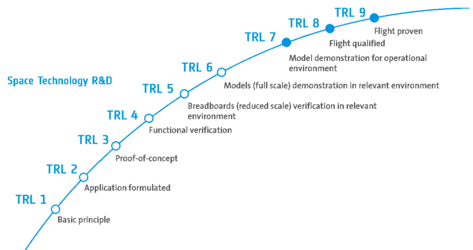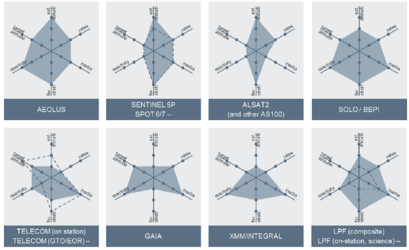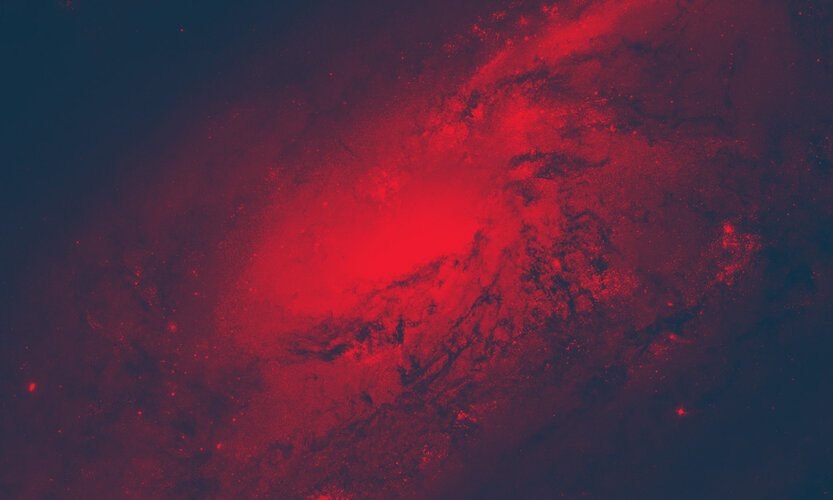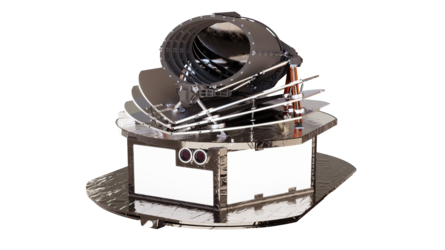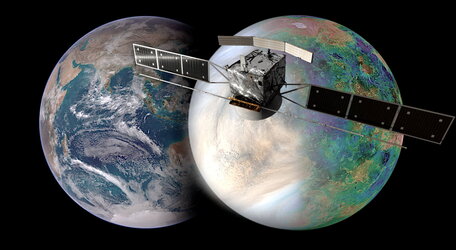Safeguarding Safe Mode with Star Trackers
A spacecraft safe mode, although generally specific to every mission, has historically been designed for simplicity, using the minimum amount of hardware and the simplest software solution. If, however, a spacecraft safe mode could be made generic, or at least more generic, then the spacecraft and mission design would benefit in several key areas – utilising different orbits, more diverse pointing requirements, reduced development efforts and significantly lower associated costs and risks, while reusing similar operational procedures.
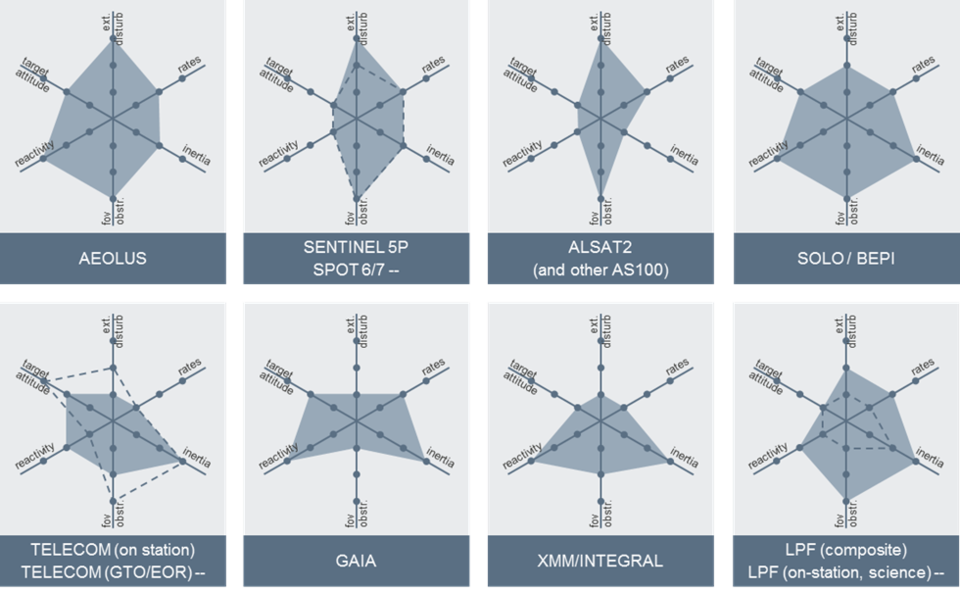
A TDE funded activity, led by Airbus Defence and Space (France) together with Airbus Defence and Space (UK, Stevenage) and Jena-Optronik GmbH (Germany), investigated the possibility of using star trackers to provide a generic safe mode architecture.
This represents a major step changed with respect to a classically designed spacecraft, and would offer benefits in three key areas:
- Genericity: Star trackers are the most generic and widely used sensors, successfully implemented on almost all missions, operating in a range of orbits, and pointing requirements.
- Reliability: Star trackers are fast becoming the sensor class with the most flight hours, with increased maturity and reliability for use in a standard spacecraft mode. Other sensors dedicated to safe mode, are by comparison, only used for a few hours per mission.
- Trustworthiness: The latest generation of APS-based sensors are a very mature technology, where complexity is in favour of trustworthiness - either the quaternion provided is valid, or there is no quaternion (temporarily or permanently).
Developing a modular star tracker architecture, with standard interfaces would minimise mission-specific adaption and validation efforts. Each module would be made of reusable building blocks, with specific modules for attitude determination, guidance, control and actuator management. A simple, common algorithmic core could cater for most mission cases, where a set of variants would be used to fulfil less-frequent mission needs.
The activity investigated the suitability and tested the robustness of three-star tracker models - Sodern’s Hydra and low-cost Auriga, JOP’s Astro-APS – under degraded conditions in situations with a combination of high angular rates and high level of radiation. The results demonstrated a very high robustness against radiation with the capability for providing successful acquisition.
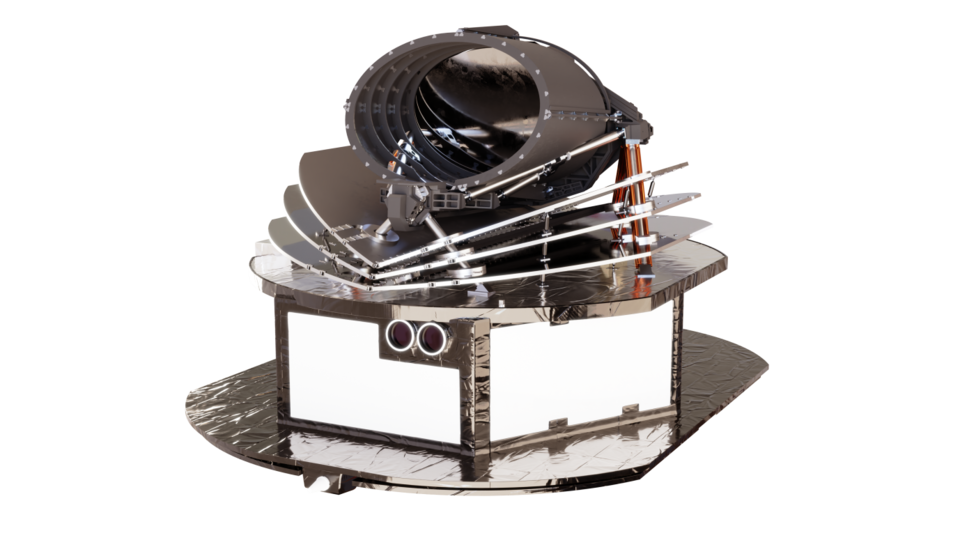
The safe mode architecture and performance was then verified on two different reference missions for the four most challenging cases. The planned ARIEL and ENVISION missions, from the Science Directorate, have demanding initial acquisition and safe mode scenarios.
The safe mode for an ARIEL-like spacecraft was tested after spin separation from the launcher with max rate errors in close proximity to the Earth impacting the star tracker performance. Safe mode was also verified for a L2 on-station thruster failure. Similarly, an ENVISION-like spacecraft will be triggered into safe mode if the spacecraft experiences an on-station failure in low Venus orbit or during the aerobraking phase.

Contract 4000128635 closed in 2022 after successfully raising the technology readiness level to 4 (functional verification). The activity demonstrated how star trackers are a mature technology, with proven in-orbit experience, providing excellent reliability and resilience. They are robust, capable of acquiring rates even in very harsh radiation conditions. Using star tracker in safe mode could be easily adopted by future missions or even retrofitted into already flying missions, providing:
- A faster return to normal operations, drastically reducing spacecraft downtime.
- More predicable behaviour in the vast majority of safe mode events.
- More versatility for end-of-life operations, deorbiting, servicing, in-orbit demonstrations.
Critically this would further erode the historical approach of segregation and dissimilarity between safe and normal mode operations when designing spacecraft.


